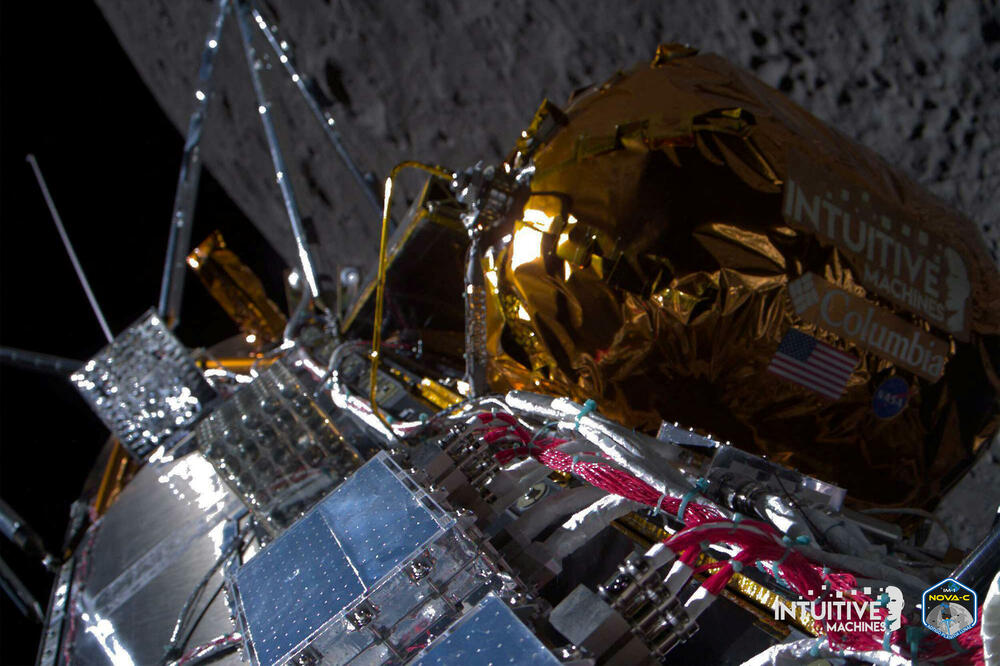The spacecraft, manufactured and operated by the Texas-based company Intuitive Machine, landed near the south pole of the Earth's moon.
It is also the first American landing on the surface of the moon in more than half a century. The venture was led by a private company.
The robot Odysseus, as planned, stopped in a crater called Malapert A located in the southern hemisphere of the Moon.
The landing, carried out a day after the spacecraft reached lunar orbit and a week after its launch in Florida, was confirmed by signals sent from about 384.000 kilometers away.
However, it took several minutes to establish communication with the robot, as the signal initially established was weak.
This caused a degree of uncertainty regarding the condition and position of Odysseus after landing on the moon.
The venture was also marked by an eleventh-hour problem with the autonomous navigation system of the spacecraft that brought the robot to the Moon - which is why engineers on Earth were in full engagement.
The robot Odysseus has scientific instruments and technology, which for the purposes of NASA and several commercial entities, will run for seven days on solar energy - before the sun sets over the place where the spacecraft landed.
It will collect data on weather conditions on the Moon's surface and other features of the lunar environment useful for future missions, but also for the purpose of the planned arrival of astronauts later in the decade.
By the way, the Odyssey robot was launched by Elon Musk's Falcon 9 rocket from NASA's Kennedy Space Center in Cape Canaveral.
The landing marks the first controlled landing of an American spacecraft on the surface of the Moon since Apollo 17 in 1972.
That's when the last NASA mission, consisting of astronauts Gene Cernan and Harrison Schmidt, landed on the moon.
Bonus video:




